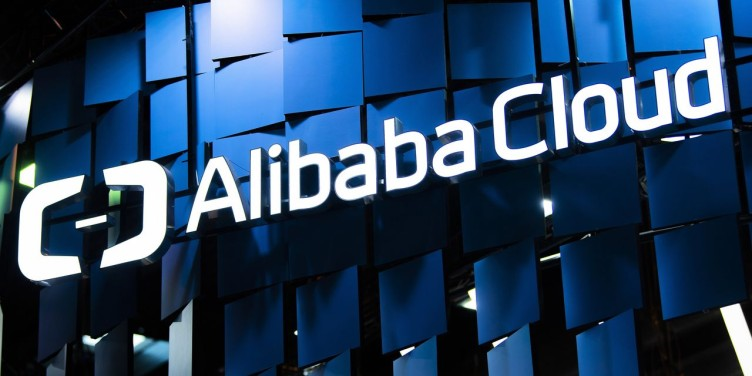How Heirloom® automatically refactors Mainframe workloads as cloud-native applications on Alibaba Cloud
October 1st, 2020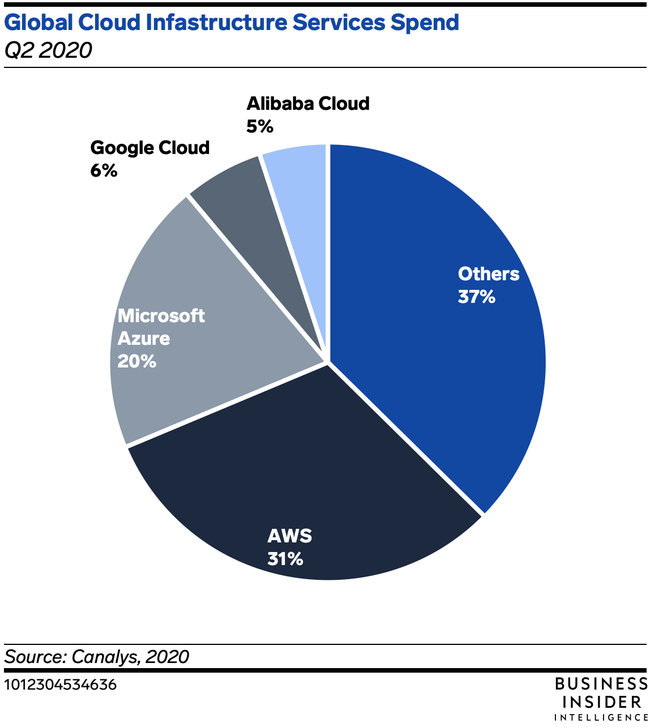
I think most readers have some awareness of the Alibaba brand, but perhaps a somewhat more obscure understanding of the scope of this $850B Chinese multinational powerhouse. Most of us in high-tech work with cloud platforms from Amazon, Google, IBM, and Microsoft. Alibaba also has a thriving cloud platform, with Q2 2020 revenue increasing 59% YoY to $1.7B.
I have already posted articles on how easily Heirloom refactors mainframe workloads to Pivotal Cloud Foundry, AWS, Google App Engine, and the IBM Cloud.
Heirloom applications already run natively on multiple clouds. So what about Alibaba’s Cloud? It was very easy!
Here’s a summary of the required steps which took less than an hour to complete (prerequisites: an Heirloom Account and an Alibaba Cloud Account).
Recompiling the COBOL/CICS application into a Java .war package
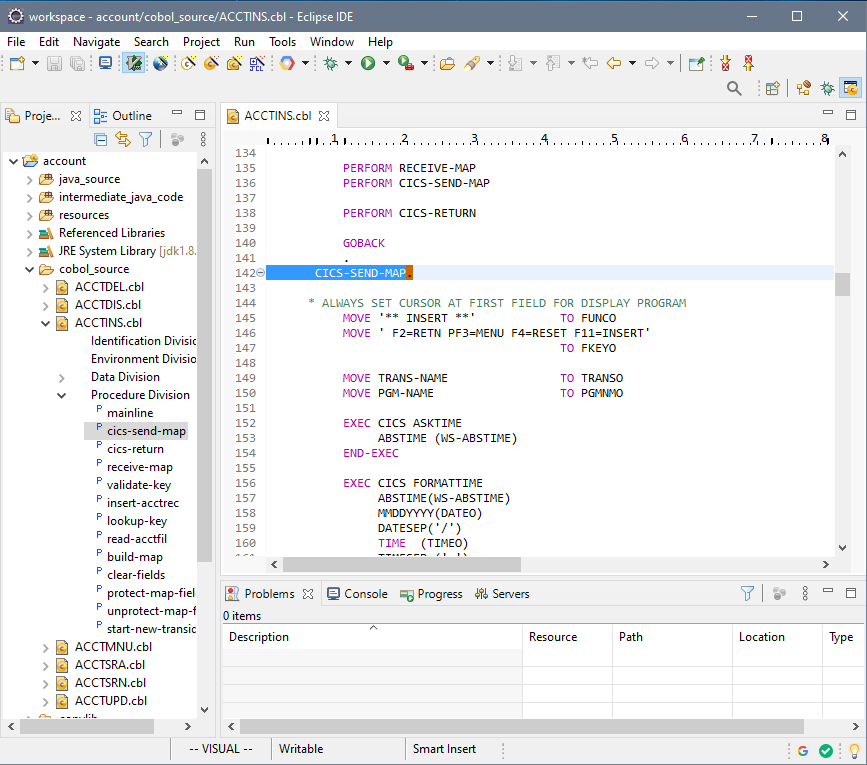
STEP 1: Recompile. Create a new project in the Heirloom SDK using the built-in “account” application. As soon as the project is created, it will automatically be compiled into 100% Java (this literally takes just a few seconds), ready for deployment to any industry-standard light-weight Java Application Server (such as Apache Tomcat, which is the one utilized by Alibaba’s Web App Service).
Heirloom automatically replatforms & refactors Mainframe online & batch workloads to cloud-native applications.
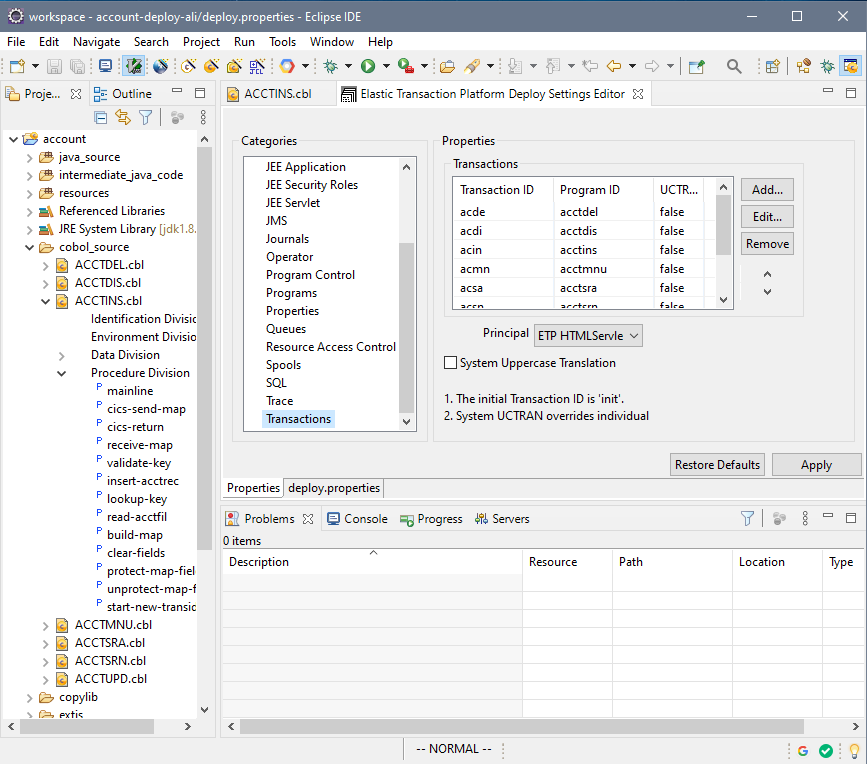
STEP 2: Configure the deployment project. This is where we set up deployment information that tells the application things like how transactions IDs relate to programs and the end-point for the database (we are going to use an Alibaba ApsaraDB RDS for PostgreSQL instance).
Mainframe datasets are migrated to relational database tables.
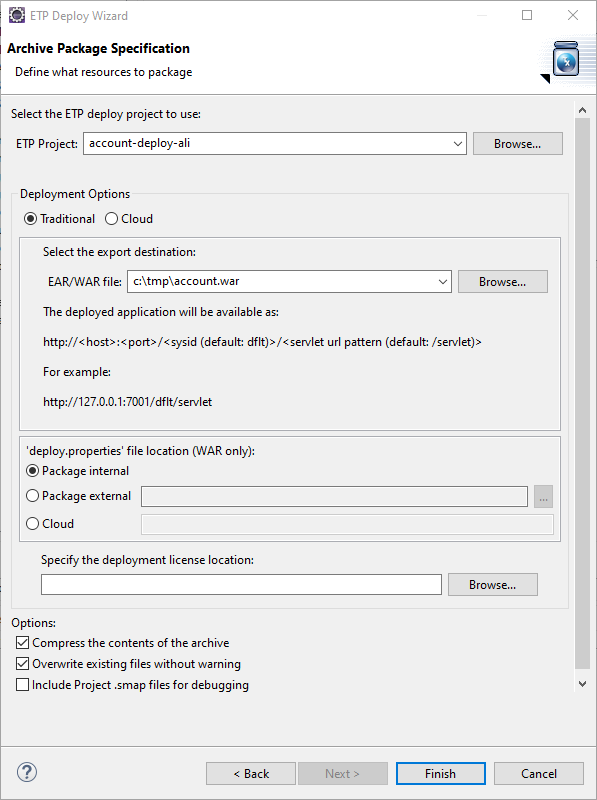
STEP 3: Package the application as a Java .war file. This is done using Heirloom’s built-in “Export Wizard” (again, this literally takes just a few seconds). We now have an “account.war” package that contains everything we need to execute the application in exactly the same way as it used to run on the Mainframe. Only now, it has been refactored to a cloud-native Java application that we can deploy to any managed or serverless cloud we want.
Heirloom applications are standard Java packages, which means they immediately leverage native cloud services such as dynamic scaling, high-availability and centralized management.
Setup, Deploy & Execute Application on the Alibaba Cloud
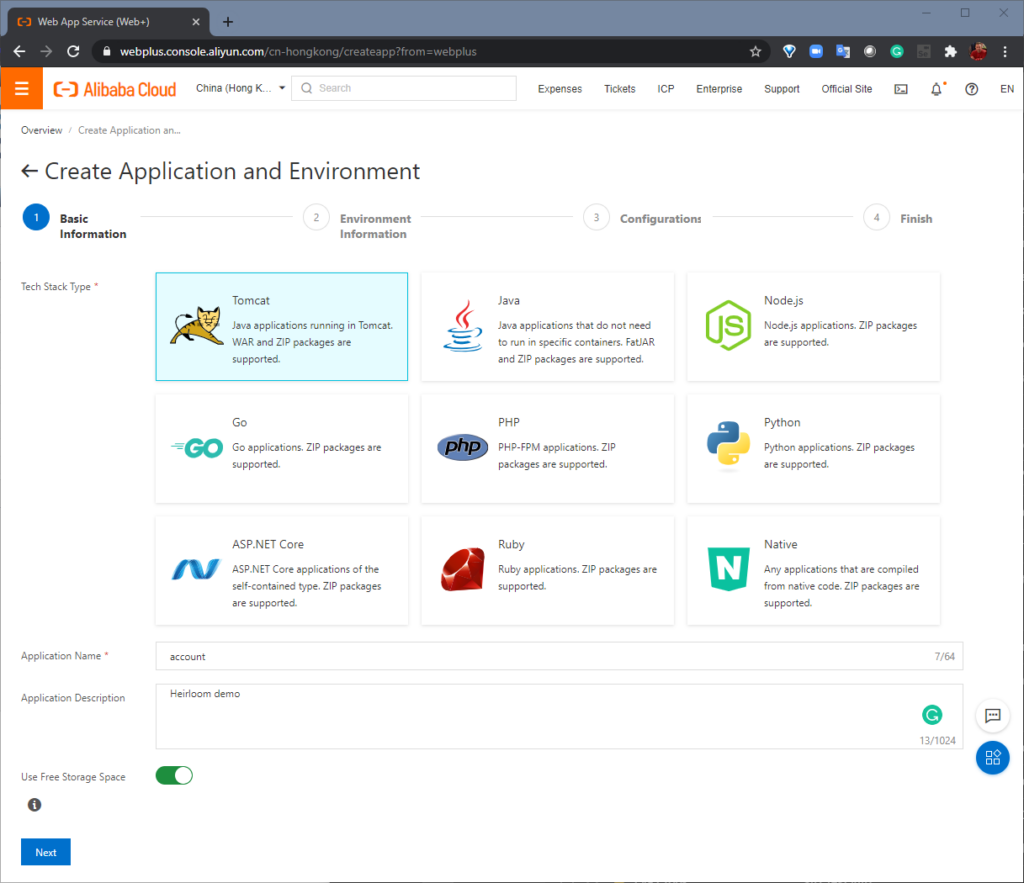
STEP 1: Setup. From the Alibaba Cloud Console, “Basic Information” is where we create a “Web App Service” using Apache Tomcat. Next, “Environment Information” is where we choose our specific Tomcat stack and upload the “account.war” package that we built with Heirloom. Alibaba Cloud will then create the environment (this takes just a few minutes).
Unlike rehosting solutions which need vendor-proprietary application servers, Heirloom applications deploy to open industry-standard Java Application Servers.
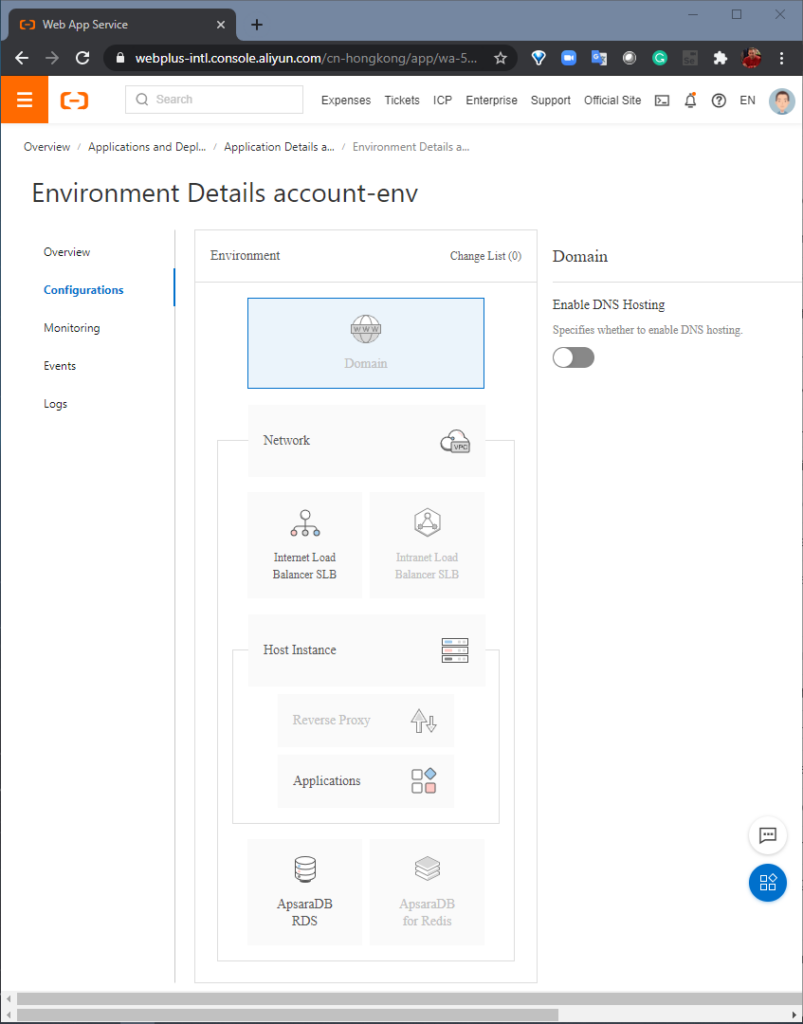
STEP 2: Configure. Here, we add an “Internet Load Balancer”, which will allow multiple client connections to the application to retain persistent sessions to multiple instances. Next, we create an “AsparaDB RDS” database, which is populated by a powerful data migration toolkit (included in the Heirloom SDK) that migrates mainframe datasets (VSAM, sequential, relational) to relational tables in the target database. The data transparency layer within the Heirloom Framework means that this can be done without needing to change the original application source code.
Configuration of the application environment is done natively within the cloud platform, and independently of the refactored Heirloom application.

STEP 3: Execute. Out of the box, this particular application has 2 user interfaces that are both accessed via a standard browser.
The first is the existing 3270-style interface that will function and behave exactly as it did on the mainframe. There is no additional application code required here. Just the original application artifacts, such as COBOL source, data, BMS maps, etc.
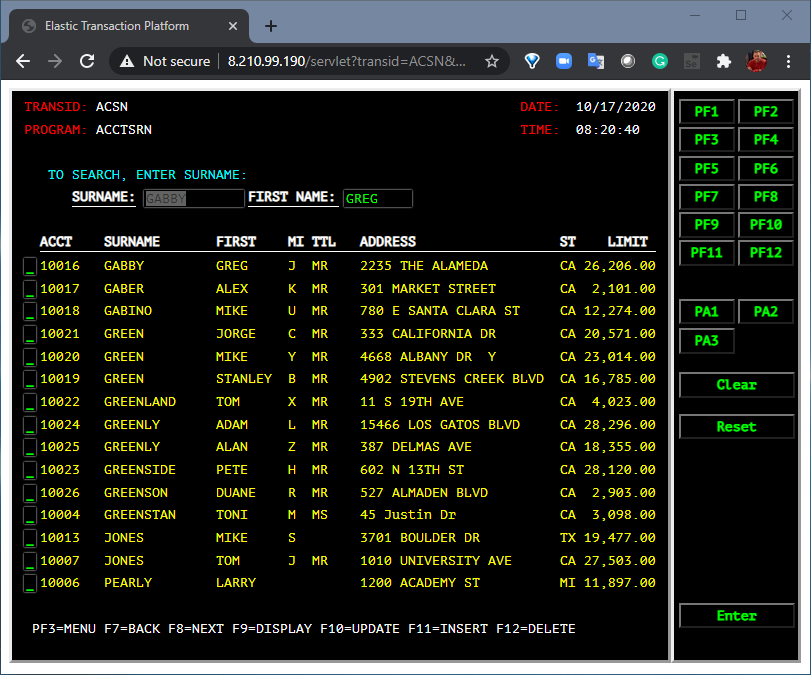
Heirloom applications are guaranteed to match existing function & behavior of the mainframe workload.
The second uses an additional application written in a Javascript UI framework called Ext JS (you can use others such as Angular, React, JQuery, etc.). What’s happening here is that the modernized UI (i.e. the Ext JS application) is interacting directly with the CICS transactions that have been automatically exposed via REST (this happens by default when refactoring with Heirloom). The application itself has not changed. It is still processing CICS transactions, but in such a way that they are now aggregated by the Ext JS application which renders them into a sortable table. Additionally, the new UI then uses the data to extend the functionality of the application (in this case, showing the address location of a particular customer using Google Maps).
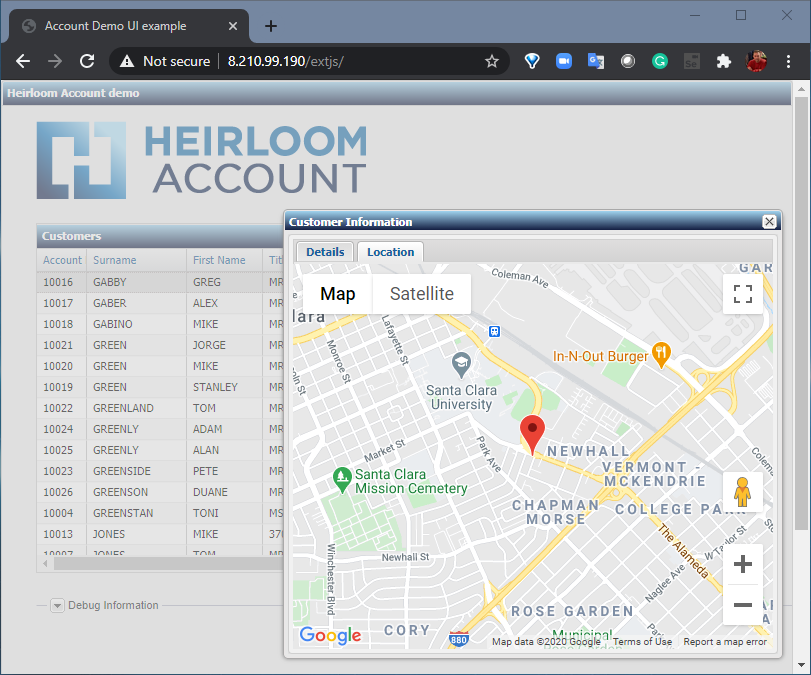
Not only is Heirloom the fastest most cost-effective way to refactor mainframe workloads to the cloud, they are instantly agile. UI modernization is just one possibility; others include breaking the monolith into microservices.

